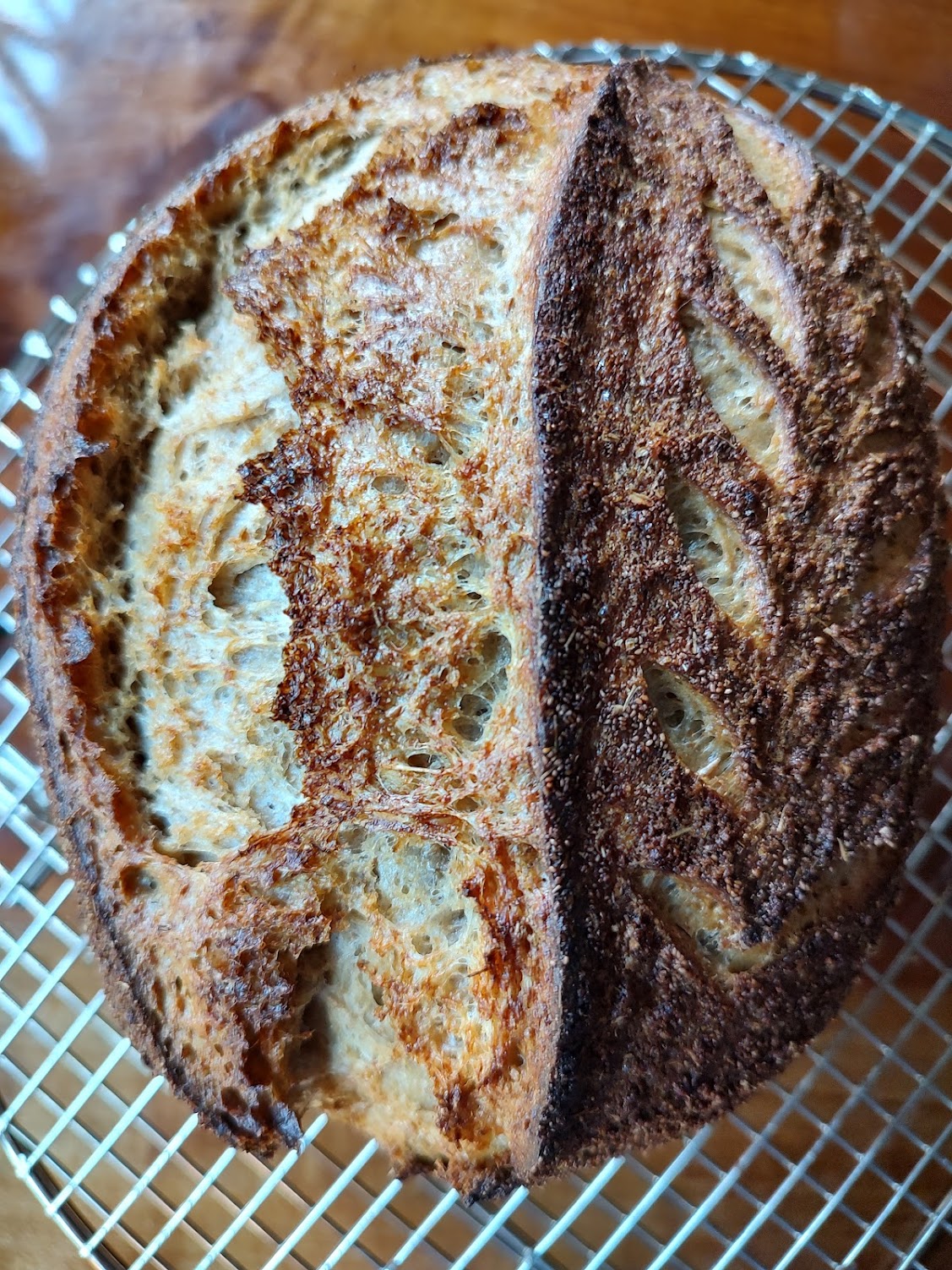Seeded Turmeric Discard Bread - Bread Code
My usual sourdough routine has been streamlined and I generally don't have discard. In fact if I want to make pancakes I have to build extra levain when I'm prepping bread so I can make pancakes later. So when Hendrik at The Bread Code posted a video of this bread, and said it was one of his favorites, I knew I had another bread to try. I slowly built up some discard but the process was very slow and actually took a few months to build up enough to make a tiny loaf of bread.
- Log in or register to post comments
- 1 comment
- View post
- StevenSensei's Blog





